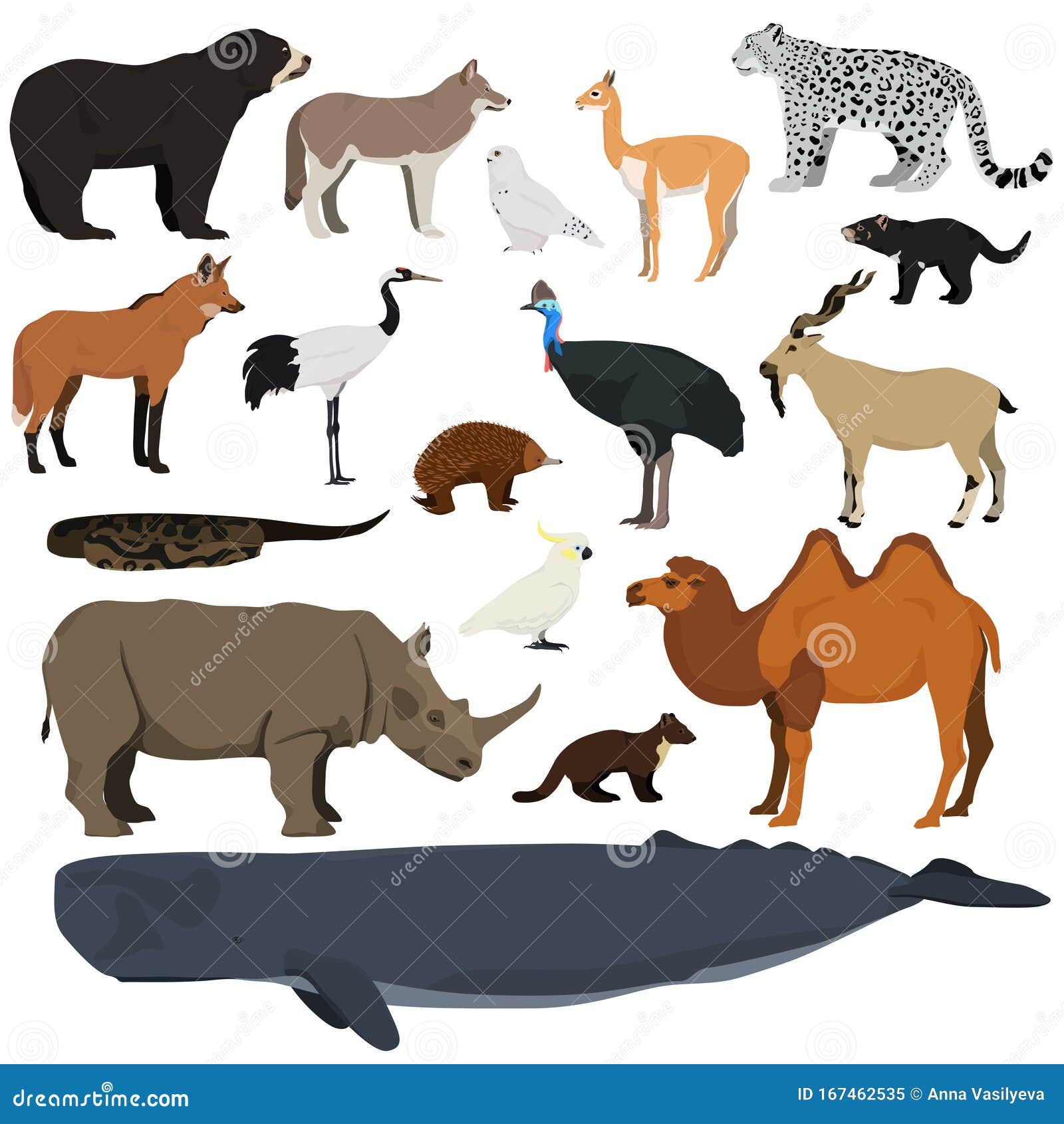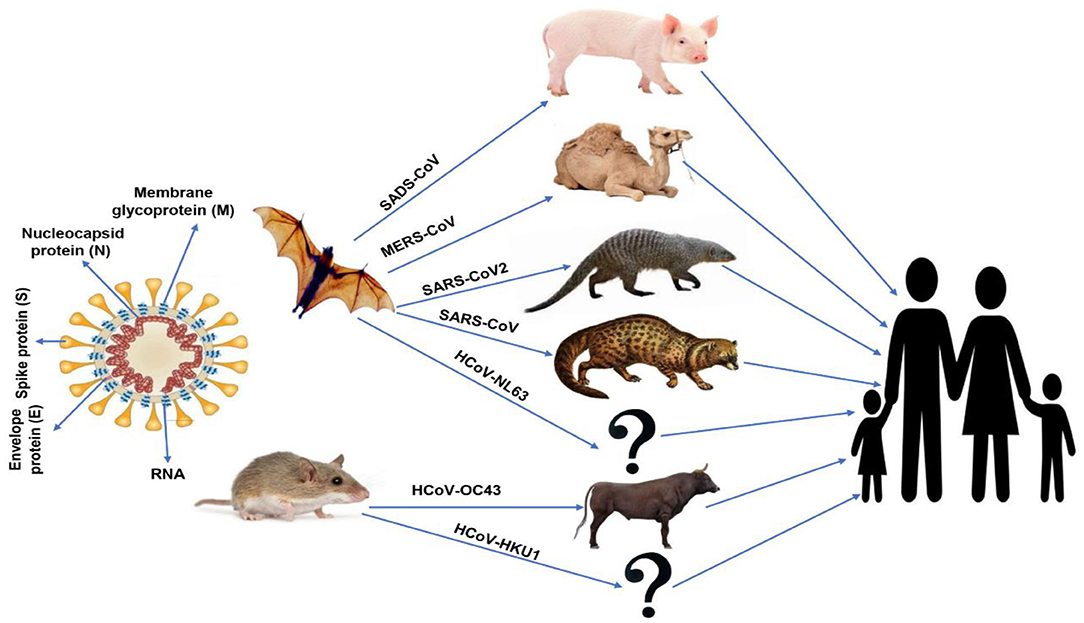
48+ Polar Tundra Animals And Plants Gif
.A prominent example is the herbivorous musk ox. Other arctic tundra herbivores include arctic hares, squirrels, voles, lemmings and caribou, which have hooves that support them in snow.
Other arctic tundra herbivores include arctic hares, squirrels, voles, lemmings and caribou, which have hooves that support them in snow.
The tundra climate region are found in the arctic and antarctic. Jun 09, 2020 · home to animals including arctic foxes (vulpes lagopus), polar bears (ursus maritimus), gray wolves (canis lupus), caribou (rangifer tarandus), snow geese (anser caerulescens), and musk oxen (ovibos moschatus), the arctic tundra is changing in broad and somewhat Approximately 1,700 species of plants live on the arctic tundra, including flowering plants, dwarf shrubs, herbs, grasses, mosses, and lichens. Other arctic tundra herbivores include arctic hares, squirrels, voles, lemmings and caribou, which have hooves that support them in snow. A large amount of the land in the north polar region is part of earth’s tundra biome. See full list on sciencing.com Nov 29, 2011 · arctic plants. Plants and animals have adapted to stay warm and preserve water. Aug 01, 2021 · animals found in the tundra include snowy owls, polar bears, caribou, arctic foxes, arctic hares examples of tundra animals. Ptarmigan are brown in summer, but white in the winter. One of its predators is the arctic goat and dall sheep. Biomesjsalazar2nd.weebly.com tundra is a harsh environment in the world that only the toughest plants and animals can survive in. Male snowy owls are completely white, which makes it difficult for predators to spot them against snow. Ermines, arctic foxes, wolverine,lemmings, arctic wolves, tundra wolves, snowy owls, caribou, arctic hares, musk oxen and of course, the polar bear,are all included in the tundra biome. According to the university of california museum of paleontology, 1,700 kinds of plants occur in arctic tundra. Other arctic tundra plants include shrubs, sedges, reindeer mosses, liverworts, grasses and several species of lichen. A number of mammals can survive in tundra habitats thanks to special adaptations and the insulation fur and fat provide. These animals build up stores of fat to sustain and insulate them through the winter. South of the arctic tundra, where temperatures are a little less cold, are the vast forests of conifer trees of the taiga biome. Is the arctic bumble bee. Unlike trout in other parts of the world, for example, tundra lake trout have been known to take up to 10 years to mature. Arctic tundra carnivores include arctic foxes and polar bears. See full list on sciencing.com A prominent example is the herbivorous musk ox. Pines are an autotrophic plant and are producers for animals in food chains. Many birds that occur in arctic tundra are migratory, which means they only travel to such regions during the warmer summer period. Many animals that live in tundra environment, including fish, grow and reproduce at slower rates. See full list on sciencing.com The arctic tundra is home to many different plants and animals. See full list on sciencing.com See full list on sciencing.com




